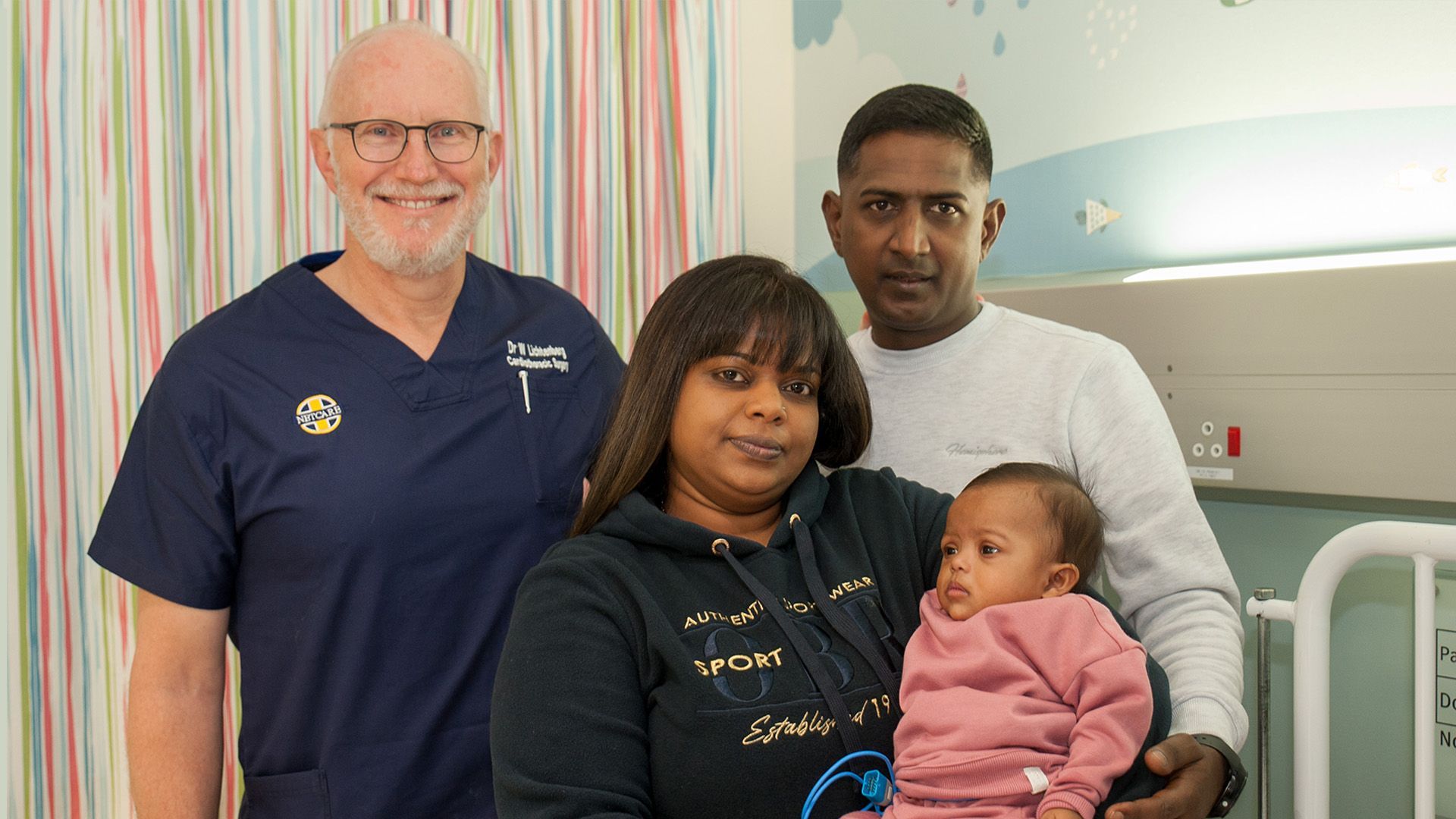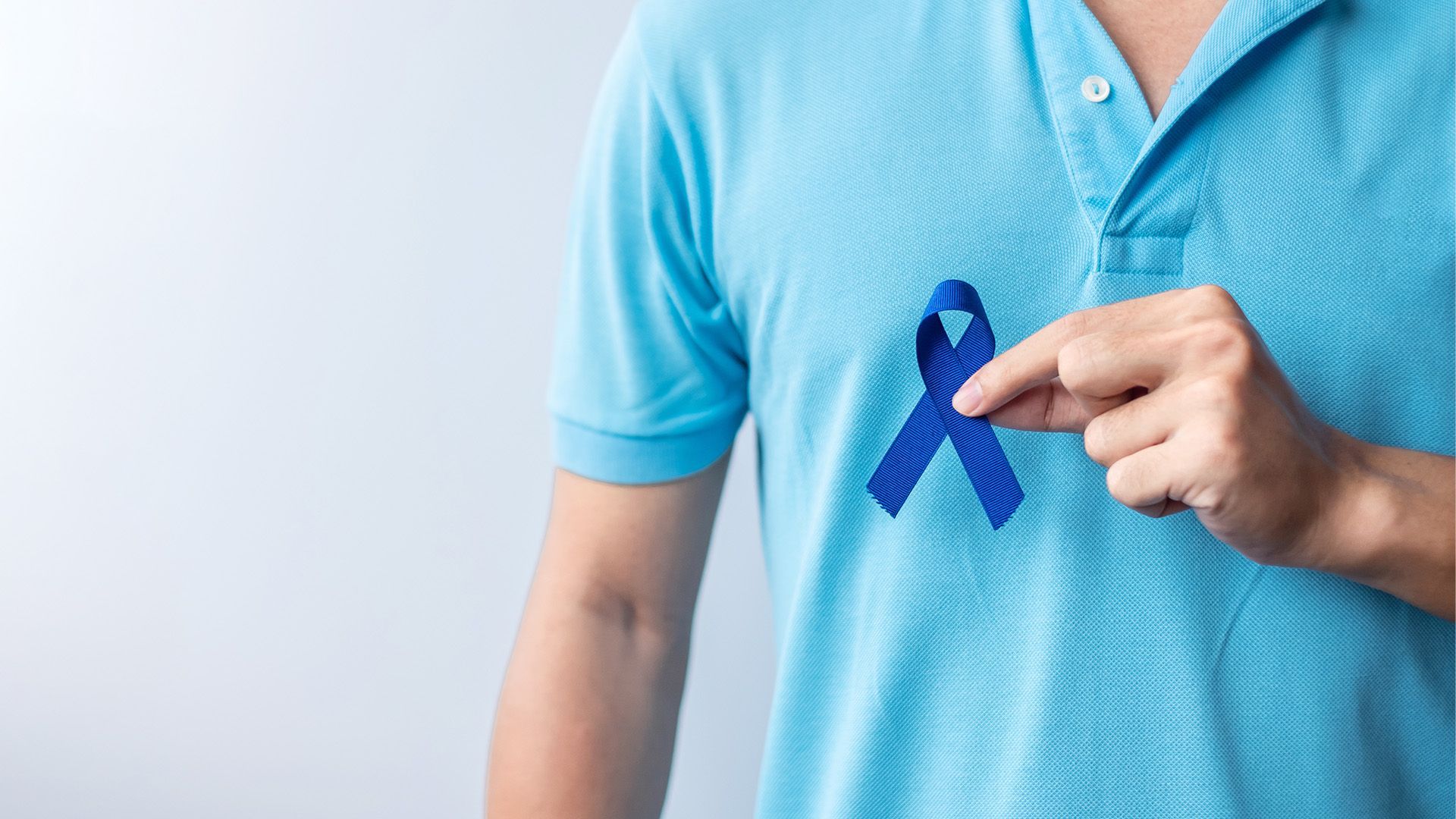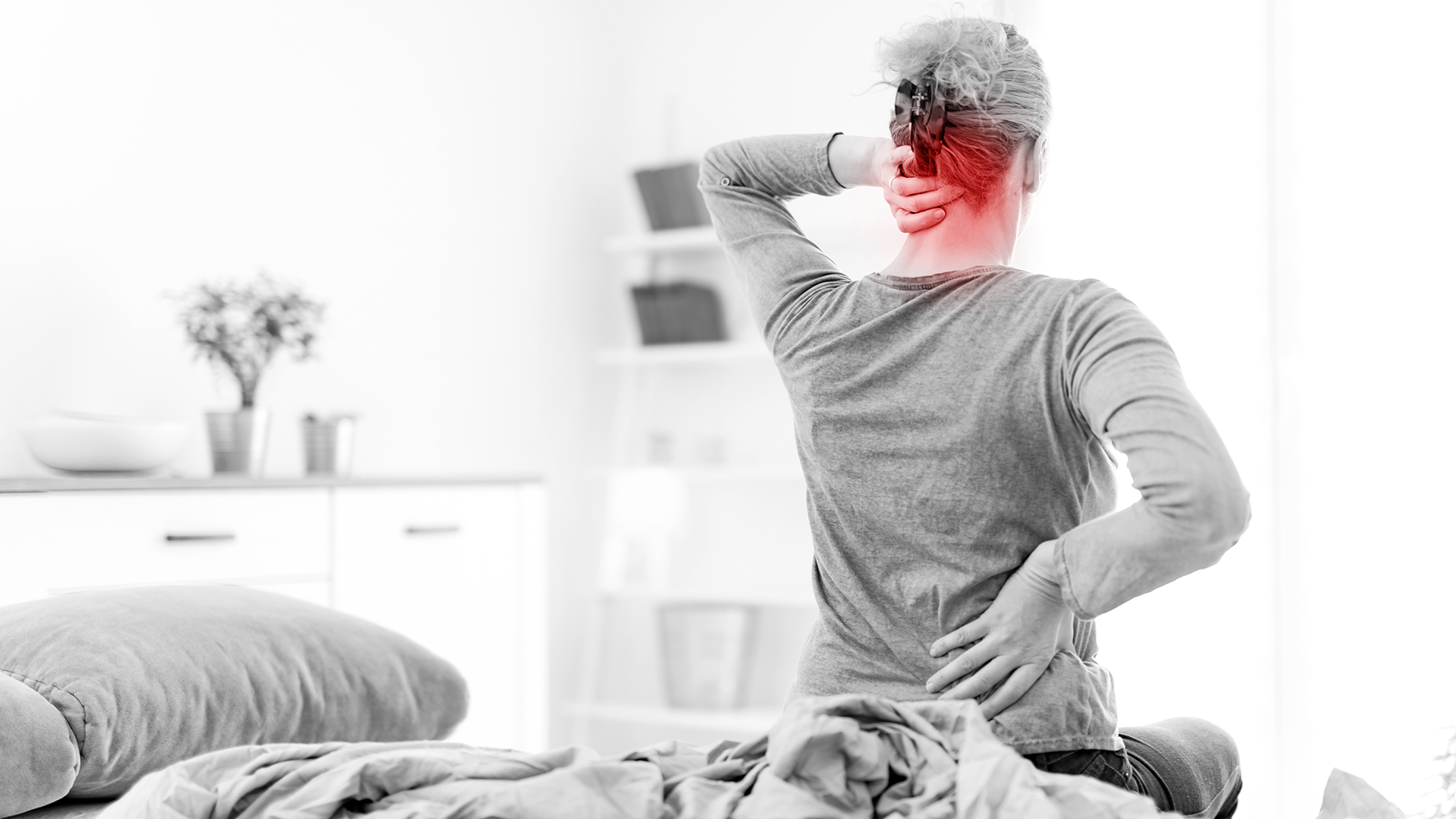‘Engineer knee surgeon’ pioneers technique gaining world acclaim
Knee alignment 1 and 2: According to orthopaedic surgeon, Professor Ponky Firer, normal, healthy knees and legs can have vastly different shapes. Each person’s knees are unique and are integral to the body’s overall balance. Prof Firer’s approach to total knee replacement takes the patient’s own soft tissues as the blueprint to guide surgery, as this indicates their natural alignment.
Neutral mechanical alignment: An X-ray with yellow line illustrating neutral mechanical alignment. This axis is an imaginary line extending from the centre of the hip to the centre of the ankle and should pass through the centre of the knee when surgery is performed in the traditional way – this is known as ‘neutral mechanical alignment’. It is conventionally believed that the soft tissues should be adjusted to ensure the prosthetic knee fits within a very narrow hypothetical ‘ideal’ range of 0 to 3 degrees in relation to the mechanical axis, however Professor Firer points out that there may be as much as 6 or 7 degrees’ variance in a typical healthy knee population.
Using patient’s soft tissues as a blueprint for surgery yields impressive outcomes
A pioneering approach to total knee replacements is gaining international credence some 13 years after South African orthopaedic surgeon, Professor Ponky Firer, developed his unique balanced technique for the procedure. With his understanding of biomechanics and the ‘science of knees’ informed by a background in engineering, Prof Firer’s technique is outshining world patient satisfaction rates while restoring mobility and quality of life for patients.
“The results Professor Firer is achieving for knee replacement patients in our country is well above the outcomes recorded in published literature worldwide,” says Jacques Du Plessis, managing director of Netcare’s hospital division.
“With more than 2 000 total knee replacements having been performed using this revolutionary technique to date, Professor Firer’s work is building an impressive body of empirical evidence of excellent patient satisfaction rates and clinical outcomes in total knee replacement surgery.”
“For me, the true test of whether a surgery is successful is very simple: is the patient satisfied and able to get back to normal function,” says Prof Firer, who practises at the Linksfield Orthopaedic Sport Rehabilitation Centre at Netcare Linksfield Hospital.
In a 2018 internationally published peer-reviewed paper he wrote with his practice associate, Dr Brad Gelbart, based on data recorded by an independent research nurse, their study noted a resounding 93% of patients reporting outright satisfaction with the results of their total knee replacements performed by Prof Firer using his balanced technique.
This represents a significant improvement on the 80% to 85% satisfaction rates recorded in published international studies and national joint registries on knee replacements performed with the conventional alignment techniques used by the majority of orthopaedic surgeons.
Professor Firer is currently working on an 8 to 13 year follow-up study to track the same cohort of patients’ progress. “Our follow-up is not yet complete, but has so far confirmed that 99.1% out of 785 total knee replacements from our original study remain intact, and the patients are still enjoying excellent outcomes.”
Pain and instability are the major causes of knee replacement revision surgery internationally. Professor Firer, who studied engineering before pursuing a career in medicine, developed his unique technique in an attempt to address the potential post-operative difficulties related to imbalance of the soft tissues of the knee, which produces pain and instability and hence dissatisfaction.
“It is conventionally believed that the soft tissues should be adjusted to ensure the prosthetic knee fits within a very narrow hypothetical ‘ideal’ range of 0 to 3 degrees in relation to the mechanical axis. This axis is an imaginary line extending from the centre of the hip to the centre of the ankle and should pass through the centre of the knee when surgery is performed in the traditional way – this is known as ‘neutral mechanical alignment’,” he explains.
“However, when you look at the distribution of the typical healthy knee population, it doesn’t conform to these theoretical confines, and may have as much as six or seven degrees’ variance from the point that was thought to be the ‘ideal’,” says Prof Firer, who has over 40 years’ experience in knee conditions.
Every knee is unique and crucial to the body’s individual alignment
“Just as every person’s face is different, each person’s knees are unique and are integral to the body’s overall balance. Instead of adjusting the soft tissues during total knee replacements, my approach takes the patient’s own soft tissues as the blueprint to guide surgery, as this indicates their natural alignment before they developed a knee problem.
“We adjust the bone cuts during surgery to achieve balance rather than cutting the ligaments, as is usually done, because there is no need to damage healthy tissues. The person can therefore retain their body’s natural alignment, which involves a complex and interconnected system of levers and balance – from our feet all the way up to our heads – and the knees fulfil a particularly crucial function.
According to Prof Firer, getting the balance of the ligaments just right for each patient is essential to the success of knee replacements, as internationally approximately a third of surgical revisions are due to soft tissue instability. Where the tissues are too tight this causes pain, and when tissues are not tight enough the knee joint becomes unstable.
“Interestingly, we found that the alignment distribution that we achieved with our patient-specific balanced technique mirrored in nature the pattern one would expect to find across the population of healthy knees,” Prof Firer says.
“Internationally, orthopaedic surgeons have been approaching knee replacements from different perspectives seeking better outcomes for patients, and it is encouraging that they are now arriving at the same conclusion: ‘use bone cuts to balance the knee rather than aim for one alignment for all, which entails having to change the normal ligaments to get the required balance’.
“This strongly supports our hypothesis and growing body of clinical evidence that there is clear benefit to restoring the patient’s natural alignment rather than imposing a theoretical ‘norm’ of mechanical alignment that may not be appropriate for the unique biomechanics of the individual.
“The prosthetic knees nowadays can last well up to 20 years and beyond, and combined with more intuitive and patient-specific surgical placement methods that complement natural balance, we are looking forward to continuing our longitudinal study to see how this may further improve on the longevity and functionality of the knee replacement.”
Asked whether his initial training in the field of engineering has had any bearing on his later work as an orthopaedic surgeon, Prof Firer remarked, “I do feel a formalised understanding of biomechanics, levers and other relevant principles is most helpful to the work we do in the field of orthopaedics, and it fosters an appreciation for how interconnected the entire human system is.
“The outcomes we have recorded clearly demonstrate that with a good understanding of biomechanical principles and the anatomy of the knee, we can achieve an extremely high standard in total knee replacement outcomes for our patients,” Prof Firer concludes.














